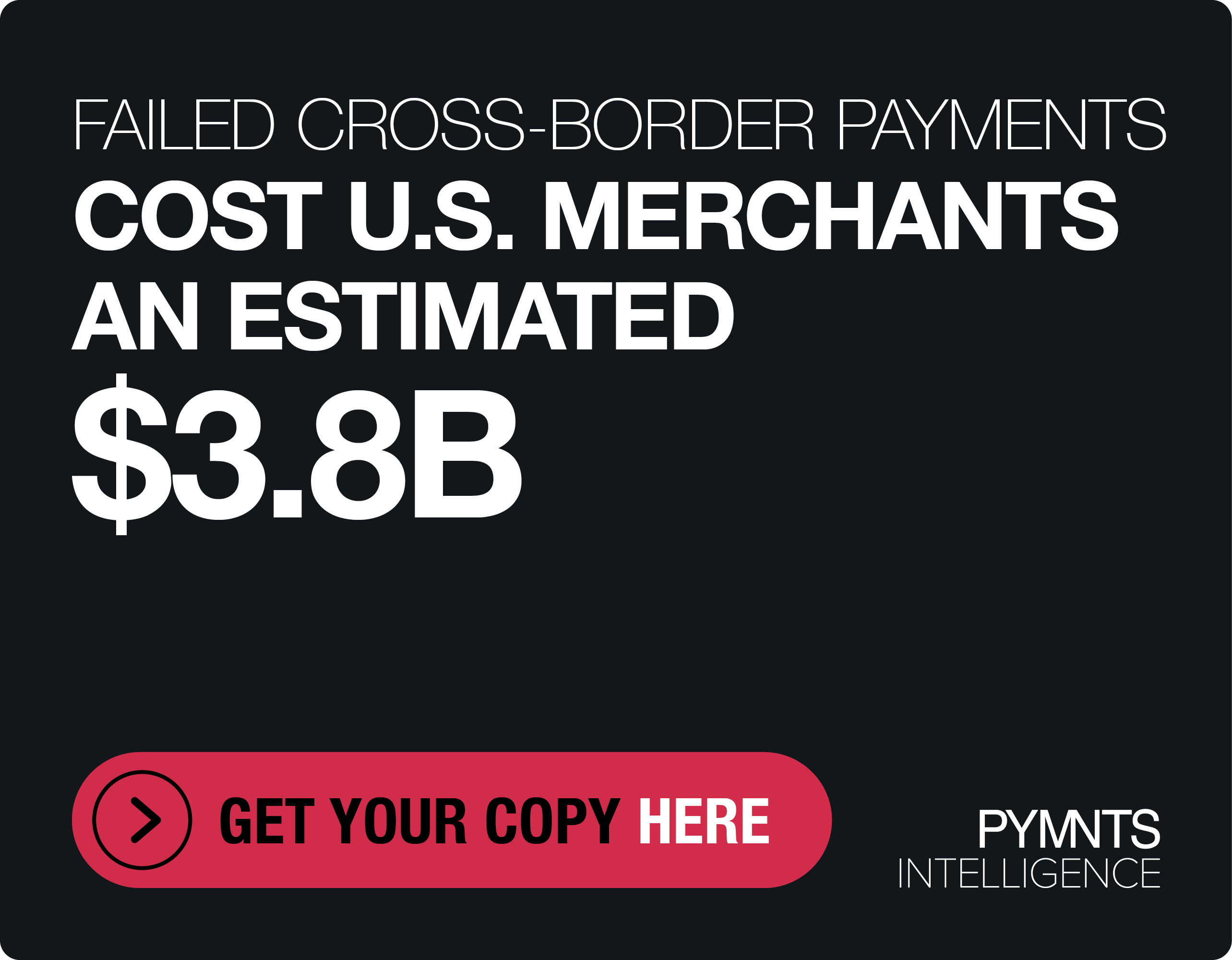The Push And Pull Of Real-Time Payments
With real-time payments spreading throughout the world (perhaps more slowly than expected, but still spreading), the characteristics of pull payments mean they are likely to play only a marginal role. That’s the view shared by Trevor LaFleche, director, product management, Enterprise Payments Platform Solutions, at Fiserv, during a recent PYMNTS discussion that centered around the spread of real-time payments, and their global prospects going into 2020.
Real-time payments are currently among the hottest trends and topics in the payments industry — a source of significant investment and regulatory attention, as financial institutions and other players strive to meet consumer demand for faster money movement.
One of the many questions around real-time payments is what forms they will take as the pace of deployments heat up. That includes the discussion of push payments (in which the account holder sends the money) and pull payments (in which the recipient is authorized to take money from the account). A big challenge with pull payments is that they don’t give consumers as much control over the movement of their funds as they would like.
“With push payments, the consumer is always in control of a transaction,” LaFleche said. “That’s a huge benefit.”
Pull Payment Trends
Fresh PYMNTS research has dug into the issue. The September Faster Payments Tracker found that push payments are often viewed as more secure than pull payments, the latter of which give creditors access to sensitive bank account information. Indeed, many real-time payment operations do not allow for the use of pull payments because of fraud worries.
When it comes to real-time payments, pull payments don’t really fit into the mix, LaFleche noted.
“We don’t really see many use cases for real-time pull payments,” he said. “Pull payments fill a different role.”
As for push payments, they have been a topic of conversation in the developed world for the last several years, across verticals and use cases. Riding the card rails in reverse has unlocked new opportunities to enable more efficient payments, including payments from insurance companies to policyholders, from businesses to gig workers, and from alternative lenders to consumer and small to medium-sized business borrowers. The P2P use case is perhaps the most well-known and widely used, giving non-bank players new tools to enable payments between people by using a debit card as a proxy for those transfers.
Common forms of pull payments, meanwhile, include debit cards and paper checks. Payers provide PINs or signatures, which grant recipients permission to extract funds. Pull payments are often used to support recurring purchases, such as subscriptions or utility bills. Consumers do not need to take manual action to complete these payments once transactions have been authorized, enabling providers to automatically withdraw funds from customers’ accounts.
Security Awareness
The storage of sensitive debit and credit card information in databases that, depending on the market, are subject to different levels of regulation can create security concerns.
“How many data breaches have we seen?” said LaFleche. “Whenever data is stored, there is potential for exposure.”
No matter what, he noted, we can expect to see an increasing focus on and deployment of real-time payment systems around the globe in the coming years. “It is taking longer than the industry expected,” he added, but the trend doesn’t seem likely to subside at this point.
According to Fiserv, more than 56 real-time payment rails will be live worldwide by 2020. The demand for faster payments is strong in the U.S., underscoring the appeal of this technology and process, but also the need for payment providers to be prepared for a new way of operating.
“There is going to be more capacity for real-time payments, and it will be across markets,” LaFleche said.
While pull payments may not get too many seats at the real-time table, though, they are one more example of how a wide range of payment types will continue to coexist in the changing payments landscape.
